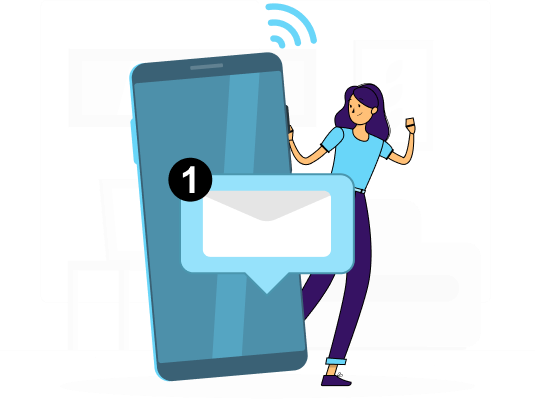I once worked with a clinical claims consultant who often said that if the human body could be separated from the head, many medical challenges could be more easily treated.
Mental health impacts overall wellness, and it’s no secret that the pandemic has brought this to the forefront. 57% have experienced COVID 19 related mental health adversity or trauma, a result of both the virus itself and the staggering impact it’s had on the workplace, family dynamics, and daily life.
But while employers know that mental health challenges are rampant, there are still significant gaps in access, communication, and education when it comes to benefits and other forms of assistance. A recent survey by Headspace says that 94% of CEOs think they do enough to support workforce mental health, while only 67% of employees feel the same way.
Introduce a Mental Health Benefit that Your Group Knows how to Use
Mental health resources exist in a variety of insured and valued-added programs. Medical and ancillary benefits often have features specific to psychological diagnoses and treatment. Additionally, a longstanding component of employer packages is an Employee Assistance Program (EAP), which generally includes not only services tailored to this type of treatment, but also a host of tools which provide situational relief. More recently, bespoke products have emerged, providing focused services (behavioral health, elder care, life crisis).
Other options include digital mental health tools, such as remote-based therapy and meditation apps, which have doubled since 2020, and are easy to implement and use.
Finally, make sure your employees know about benefits and resources that are available to them. 60% of CEOs use their company’s mental health benefits regularly compared with 37% of employees. It may seem obvious, but taking the time to ensure that information about mental health resources is cascaded through the organization will drive utilization, improve workplace productivity, and allow your team to get the most value possible out of this benefit.
Ask Your Team What They Need and Be Prepared to Deliver It
When employers listen, employees feel seen. Today, more than 80% of employees believe that it is the employer’s responsibility to help with mental health, and 82% want their leaders to ask them how they are doing and actually care about the answer.
Beyond benefits, think about the impact empathy can have on employees’ well-being, when embraced as part of the permanent company culture, instead of a temporary, incidence-based shift. Ask a couple of questions in your next 1;1’s. Listen to the responses. What can you do with that new information?
When you lead with empathy, ask questions, and design a benefits strategy that is based on real needs for real employees, you build trust and offer your team value in a meaningful way.
Take a Holistic Approach to Mental Wellness
If you build a holistic toolkit of benefits -that adequately addresses a wide set of individual needs- you bolster mental wellness.
While mental health benefits offer meaningful support to employees, they don’t work alone. Wide-ranging health coverage, financial wellness benefits, and other perks all serve to help employees gain peace of mind.
To see how Finusmart can help you ease the financial burden of health hardships, check out our plan and get in touch.




